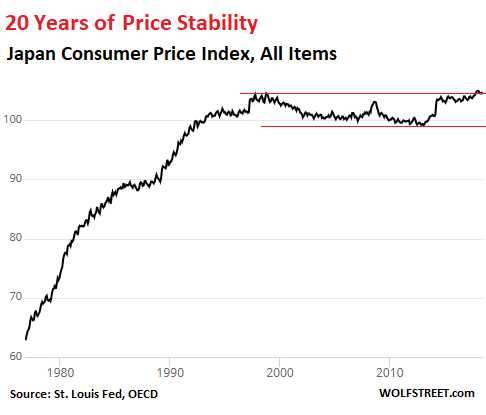Shyam Sekhar writes….The last few weeks have left the NBFC growth story in India badly shaken
Last Published: Thu, Oct 04 2018. 09 30 AM IST
The sharp fall in financials could not have come at a more inopportune time. The indices were driven to new highs mainly by financials. Private banks, home finance , insurance, asset management companies, non-banking finance companies (NBFCs) and microfinance companies were heavily weighted in public portfolios. Consensus around them was near total. Public sentiment ruled high on financials and it looked like the party would last for a long time. Then, the tide turned suddenly, taking everyone by surprise.
To understand what caused this sudden reversal in sentiment, let us appreciate what catalysed the current boom. Firstly, everybody had forgotten the pain from past cycles suffered by leading banks and NBFCs after their unsecured personal loans books grew. This time, players who suffered in the last cycle waited out the aggressive personal loan book growth. They moved into newer avenues like vehicle loans for growth. The troubled public sector and private sector banks were busy dealing only with legacy loan issues from the previous boom. Aggressive players from the previous boom vacated the growth space in lending.
This space got taken over by newer NBFCs. Softening interest rates helped NBFCs grow their books aggressively. Liquidity was ample, raising easy money and finding borrowers was no problem. Scorching earnings growth took valuations to dizzy heights. NBFCs became the preferred growth stocks to individual and institutional investors alike. Even private banks started NBFCs to fuel lending growth as this model was easier to scale up fast. Briefly, it appeared everybody had hit the perfect business growth model. Markets factored in all future good news imputing absolute certainty to growth and financial performance. But the last few weeks have left that growth story badly shaken.
Lending and leverage are no strangers to each other. In fact, every economic boom makes them great bedfellows. They come together, combine, grow, expand, balloon and implode in every cycle. Then, the same sequence gets played over once again in the next economic cycle. Public memory is short. Elasticity is always underestimated early into every cycle, then re-evaluated mid-cycle before getting stretched as the cycle matures. Just as elasticity is stretched to the maximum, the very cycle gets busted.
Lending and leverage grow together in a very virtuous manner. One helps the other grow. And they return the favour continuously to each other. As cycles grow and economies expand, lending takes off in a big way opening the doors for more leverage. The availability of leverage grows lending even faster. Even raising equity becomes easy. The ability of lenders to borrow grows further. Then, lenders aggressively scout for borrowers. The cycle simply seems never ending; lenders only need to find the right people to borrow and the money to lend will be easy to find. Often, lenders almost over-simplify their models as if business were an excel sheet with endless, infinite possibilities. On paper, the whole arrangement looks forever sustainable. Investors start to believe lending is simple and easy. But, that belief doesn’t last too long. Companies tend to borrow the most and lend at the fastest rate exactly when they should be slowing both down.
Every virtuous cycle simply pours out money like a bottomless glass of cola. It looks like money will never stop pouring. Loans are given at a faster rate to more borrowers. Then, interest rates tend to go further down as inflation dips. More money becomes available to lenders who leverage fully and grow their loan books. Borrowers become spoilt for choice. Lenders swarm eligible borrowers even as people shop in retail stores. Everybody is happy as money floods markets. But floods have a pattern of their own. They give you a feeling of plenty before leaving you dry and desolate.
Liquidity can flood and dry up at will. The pace of flooding and drying up is never easy to control once momentum picks up. Often, investor confidence gets unexpectedly shaken. A sudden disruption can shake up all activity and be the last straw on the camel’s back. Everybody is caught off guard at the wrong moment. We are seldom prepared for such sudden financial shocks. Our behaviour in lending and borrowing is too well-set for us to swiftly adapt and change. Recent events only prove that.
Shyam Sekhar is chief ideator and founder, iThought
I believe that we are on the verge of regulatory action which will restrict the leverage for NBFC’s and HFC’s. This will not only restrict the lending capacity of these companies but will also restrict the overall credit growth in the financial system.
This can lead to medium term equity multiple derating of these companies but will also make them more safe for debt investors.
